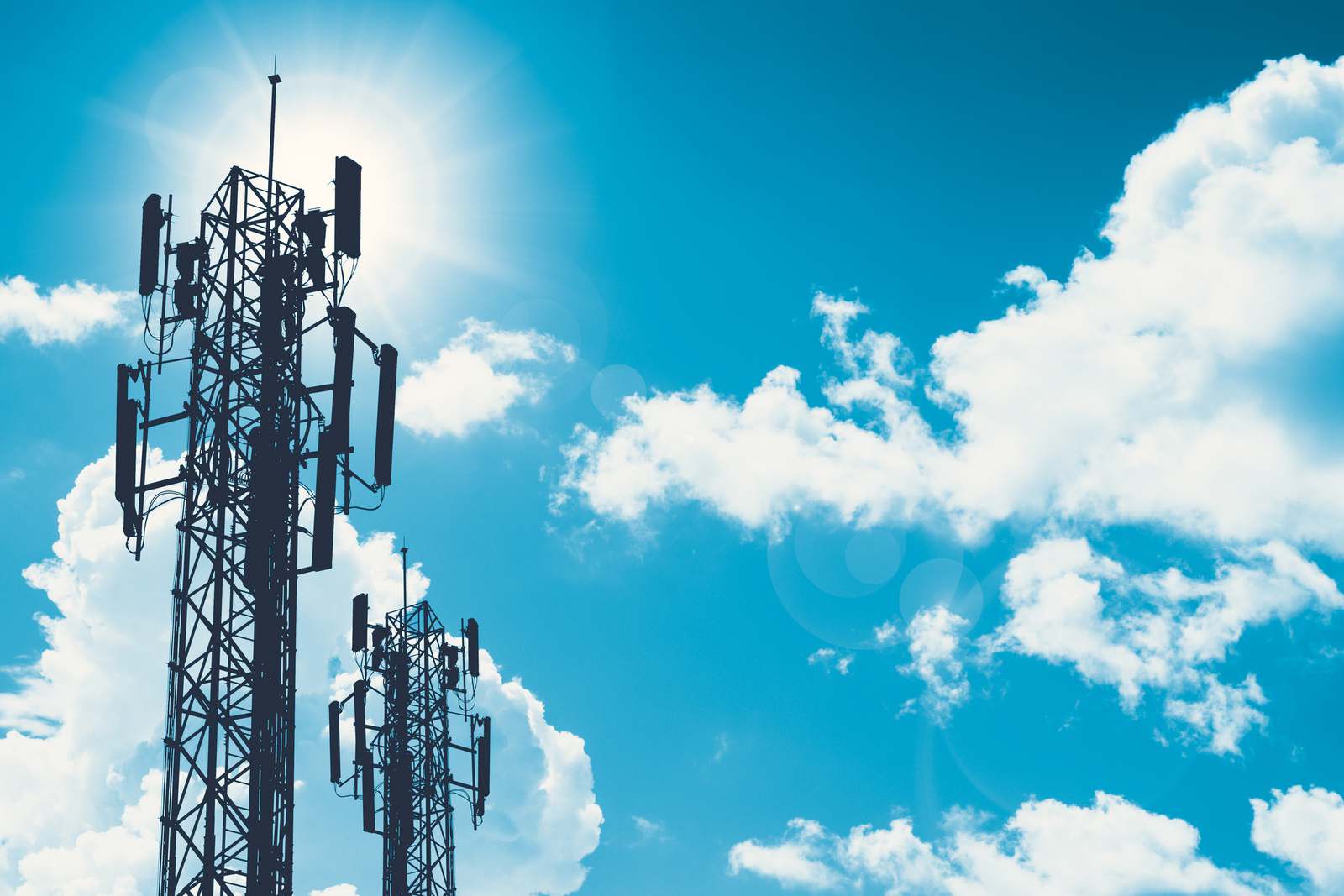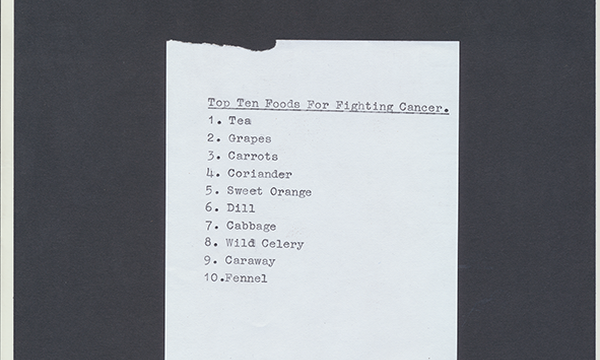
Putting the UK’s Mobile Future on the Right Lines
This article is from the CW Journal archive.
Coverage is an issue. There is a huge discrepancy between what the mobile networks tell us and what consumers experience. Local business associations complain about rural coverage and any meeting where coverage is discussed will include someone saying their experience is poor. It’s at its worst on railways.
A recent survey by connection comparison and switching service uSwitch found that 86 per cent of rail commuters had issues connecting their phones while on the move. Five years ago, coverage survey company Global Wireless Solutions (GWS) found that good connections were only available on 60 per cent of London commuter routes. Despite this, the mobile network providers insist their coverage is near universal: they claim over 90 per cent of landmass and 98 per cent of populated areas are in scope.

Something is clearly missing here. With 5G however the issue becomes worse. The high bandwidth required means using very high frequencies to find spectrum that is not already occupied. The gigabit services need something like 200MHz at 26 GHz, which has huge implications for coverage. These millimetre frequencies will require huge infrastructure spends because higher frequencies don’t travel as far. If there are four operators in the country it becomes very hard to give them 200 MHz each. And some think that 200 MHz isn’t enough, you’d want 500 MHz of contiguous spectrum. The current model clearly breaks down with this. There isn’t enough spectrum to go round to maintain a level playing field.
One solution beloved of politicians is in-country roaming. When you can’t use your network, you roam onto a rival network and the providers come to a financial arrangement. It’s said the idea was promoted by David Cameron when he was Prime Minister because he was frustrated by not being able to make calls while on holiday in Cornwall.
In-country roaming has a number of technical problems, not the least of which is that constant hunting for the best signal, across multiple networks, is dreadful for battery life.
It’s also bad for coverage.
|
GET INVOLVED WITH THE CW JOURNAL & OTHER CW ACTIVITIES |
The model of networks competing to out-build one another, which served us well, has now hit both technical and economic problems. With shared infrastructure, the networks are disincentivised from trying to out-build their rivals. Cost saving has become more important than coverage and, with full sharing, the networks would happily leave the uneconomic areas uncovered, in the knowledge that they won’t lose customers because either no competitor will offer coverage or, if anyone does, they can piggy-back on that service.
The solution that many 5G proponents like is the ‘neutral host’ – a network built by a separate company that is not one of the current operators and where the connection to the customer sold on to the operator on an ad-hoc basis. An analogy for this is Network Rail, which owns stations and tracks, while the trains are run by train operating companies such as Stagecoach and Virgin.
A government-owned operator may find that access to sites, like street lights, and gaining permission to build 50 metre masts would be very much easier for them than for a commercial operator. The pressure from the customer networks to build out would put the boot on the other foot as the ‘not-spots’ became someone else’s problem.
There is a case where it becomes even more interesting: 2G. It doesn’t have anything like the radio issues of 5G While not requiring a huge amount of spectrum the 1990s technology is very inefficient with what it does have, and those great radio properties make its spectrum very desirable for something else, something cleverer, be it 4G or 5G.

The networks will want to migrate customers from 2G as soon as possible – but there are some customers who can’t be moved. There are hundreds of thousands of cars with stolen-vehicle tracking systems which rely upon 2G text messaging for location reporting. There is also a lot of machine to machine infrastructure, from water meters to fruit machines. 2G smart meters are being rolled out today. Maintaining coverage for all these channels, many of which may only send a rare SMS message but need high reliability when they do, is a difficult financial problem for the networks.
This is where a neutral host for 2G would come in. The networks could each give a tiny amount of their spectrum to a new company which would maintain the legacy 2G network as a neutral host. This would allow each of the networks to migrate the majority of their spectrum to more lucrative technologies why protecting the legacy users.
Neutral host may not work politically for 5G, there would be some major business model hurdles to overcome, but a 2G solution would prove much easier to sell to the networks. That could pave the way for 5G.
|
GET CW JOURNAL ARTICLES STRAIGHT TO YOUR INBOX Subscribe now |
Simon Rockman bridges writing about technology and implementing it. As the editor of UK5G Innovation Briefing he visits many of the 5G applications. As Chief of Staff at Telet Research he works with a team installing 5G networks in not-spots. An experienced technology writer, he was the editor of Personal Computer World in the late 1980s and went on to found What Mobile magazine which he ran for ten years, and has reviewed over 300 handsets. As the mobile correspondent for The Register, he championed CW writing a number of articles supporting the organisation. He has also had senior roles in telecoms having been the Creative Experience Director at Motorola where he looked at new uses for mobile and Head of Requirements at Sony Ericsson where we worked on innovative devices at entry level. He was the Head of the Mobile Money Information Exchange at the GSMA and has launched Fuss Free Phones an MVNO aimed at older users











